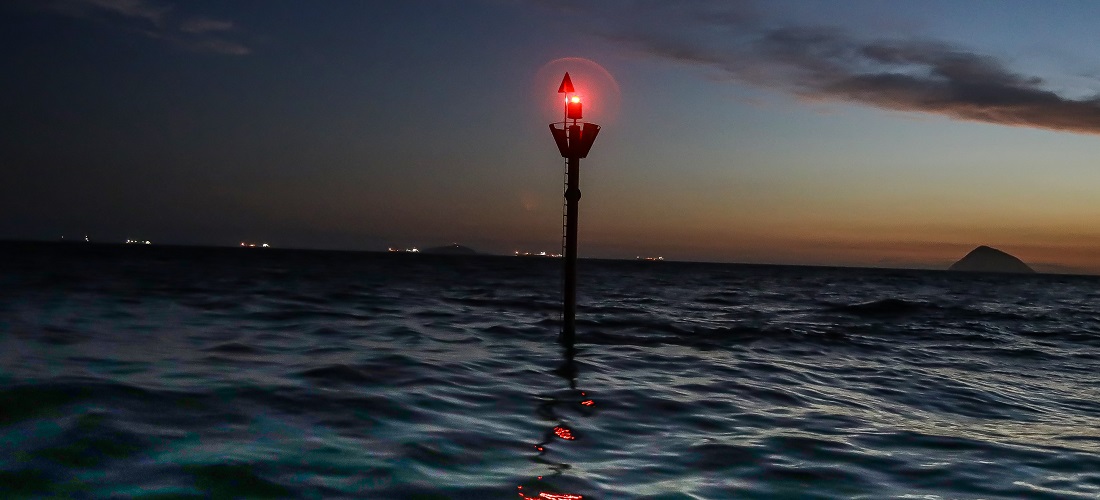
Port of Rio de Janeiro activates Cotunduba Canal signaling-buoy transceivers
Jan, 26, 2021 Posted by Ruth HollardWeek 202104
Companhia Docas do Rio de Janeiro (CDRJ) reported that on January 21, transceivers were activated on the Automatic Identification System with Aids to Navigation (AIS AtoN). The transceivers are located on three submersible articulated buoys (BAS) on the Cotunduba Canal manufactured by the Espirito Santos company, UMI SAN Servíços de Apoio à Navigação (a company providing navigation and engineering support services), and are anchored on the main waterway access for large ships to the Port of Rio de Janeiro. With AIS AtoN devices activated and codes assigned by ANATEL (the national telecommunications agency), modern nautical signaling has become part of the mobile maritime service, leading to greater security for navigation.
With the conclusion of this step, the whole project for the new beacon on Cotunduba Canal has been completed. The transceivers transmit virtual markers that indicate to the ships the exact positioning of the BAS, with a precise delimitation of the channel, facilitating their maneuvers and reducing the risk of accidents. Manufactured by Sabik Marine, they are made of stainless steel and are highly resistant to shock, vibration, temperature, water, wind, and UV rays.
Nautical signs
The new nautical-signaling buoys were installed in March of last year to permit the efficient and safe navigation of large ships bound for the Port of Rio de Janeiro at night. This increases boarding operations and unloading windows, leading to more dynamic and profitable container terminals. From April until the end of 2020, the first two phases of the ‘ramp-up’ of experimental night maneuvers were carried out. Now, the 3rd phase is underway, with maneuvers of container ships from 306 to 335m in length (LOA).
The project was developed by the company Precursore Consultoria Portuária LTDA, through a partnership between CDRJ and the Brazilian Navy (MB), Praticagem-RJ, and the companies leasing the MultiRio, ICTSI-Rio and Triunfo Logística port terminals. It is part of a set of measures that are being carried out by this working group that studies improvements for waterway access to the Port of Rio de Janeiro. To lead the Maritime Mobile Service Identities (MMSI) activation, the UMI SAN and SABIK teams had logistical support from the company Rio Interport.
-
Ports and Terminals
Mar, 18, 2024
0
Salvador container terminal expands calls to the international market
-
Ports and Terminals
May, 26, 2020
0
Port of Santos signs contract with Adonai East for lease of STS 13A terminal
-
Ports and Terminals
Oct, 16, 2021
0
Biden: Major US ports to operate 24/7 to alleviate bottlenecks
-
Shipping
Mar, 16, 2023
0
Maersk pilots warehouse automation solution


